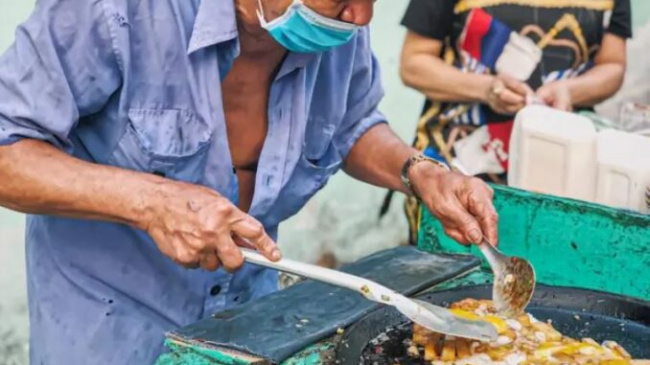
Differing from the culinary styles of the South and the North, there are dishes that are popular in Saigon but cannot be found in Hanoi.
Differing from the culinary styles of the South and the North, there are dishes that are popular in Saigon but cannot be found in Hanoi.
For those who migrated from Saigon to live in Hanoi, a craving for Saigon-flavored food is inevitable. Remember the typical taste of the bowl of vermicelli, if you’re not full, then stop by the fried dough truck to order more fragrant fried dough, but in Hanoi, wanting to eat these dishes is “as difficult as going to heaven”. At this time, it is true that not everyone with money can eat anything, if you want to eat, you have to rummage around Hanoi, lucky to find a restaurant but not sure with the familiar taste.
Honey hot tofu
Tofu is a dish originating from China, introduced to Vietnam very early. Tofu is commonly known by many names such as tofu, tofu, tofu, tofu, etc.
Over the years, tofu has become a culinary feature in Vietnam. If in Saigon, a cup of hot tofu is served with honey sugar water with filter powder, a piece of coconut water and a few slices of ginger to bring out the smell. The feeling of melting in the mouth of tofu, the fatness of coconut water, the chewiness of filter powder and the aroma of ginger combined with the burning complement of concentrated molasses that makes many people irresistible.
In Hanoi, tofu is a common dish in the summer, because tofu is often eaten with ice and toppings such as jelly, pearl, dried coconut, or black beans and diluted sugar water, commonly known as tao pho. This is considered a favorite beverage of Hanoians.
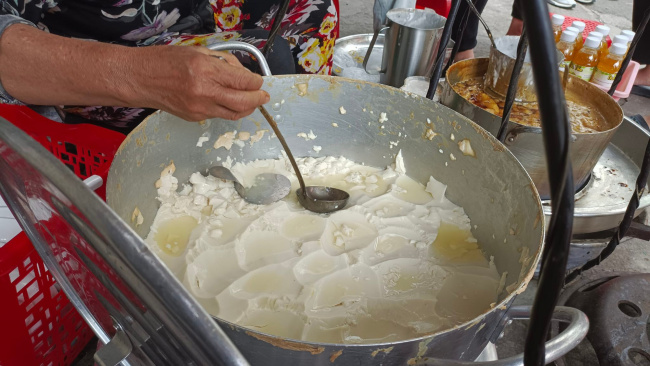
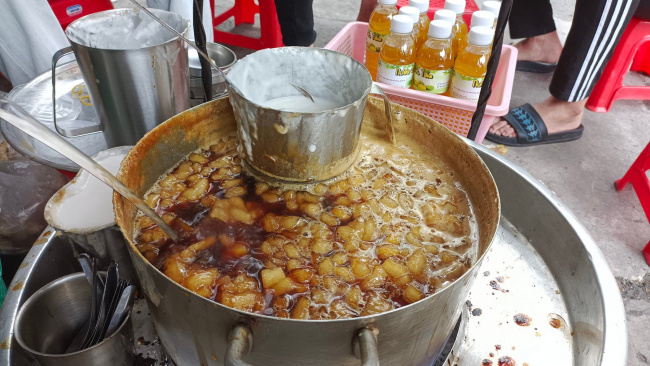
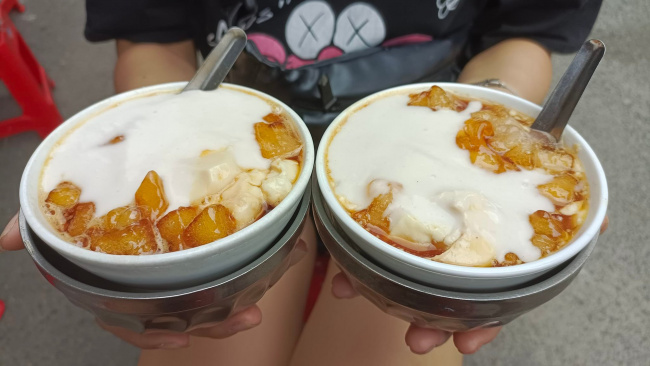
Carrying tofu Miss Hiep, hiding in Le Van Sy alley for nearly 30 years, famous throughout Saigon with only 7-10k (Photo: Truong Binh)
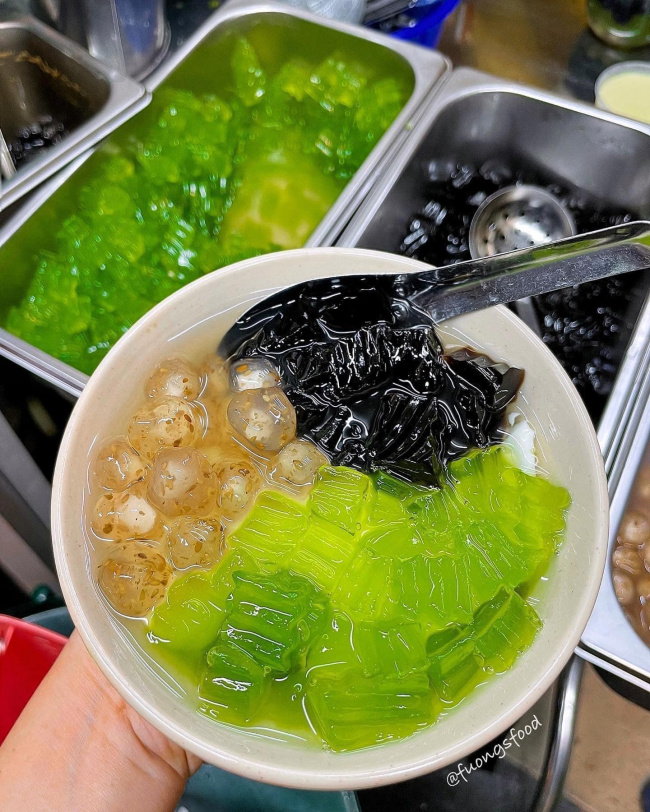

Tofu in the North, the main ingredients are from tofu, but the processing method is completely different from Saigon (Photo: Fuongsfood)
Knocked noodles
Hu Tieu knock is considered the idyllic beauty of Saigon cuisine, street food that has existed, associated with urban people. In the past, often sellers had a device to tap and make a distinctive sound to identify.
With the price of only 15 to 20k, there is a bowl of sweet noodles made from bone broth and white radish. Lean meat and beef balls are two indispensable toppings, besides there are bones, pork legs and wonton. Eating noodles with bean sprouts, chives and a little spicy satay must be called “armpit pain”.
Not a fancy shop, just a simple, rudimentary little trolley equipped with a stove and a small glass cabinet for thinly sliced loin and beef balls; Next to it is a large bag containing noodles and neatly stacked cups.
Walking along the alleys of Saigon at night, you will meet a few noodle trucks at night. However, in Hanoi, it seems to be rarely encountered, if so, the taste will be completely different.
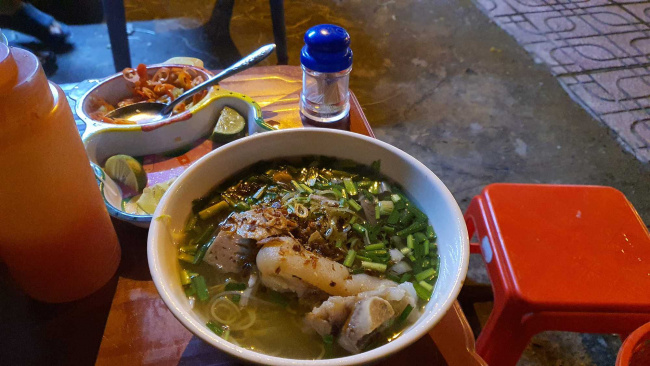
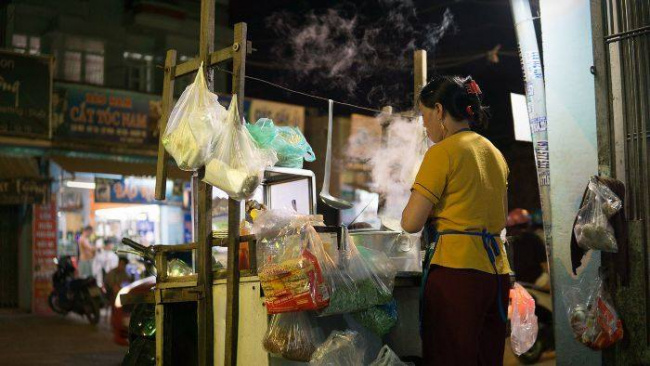
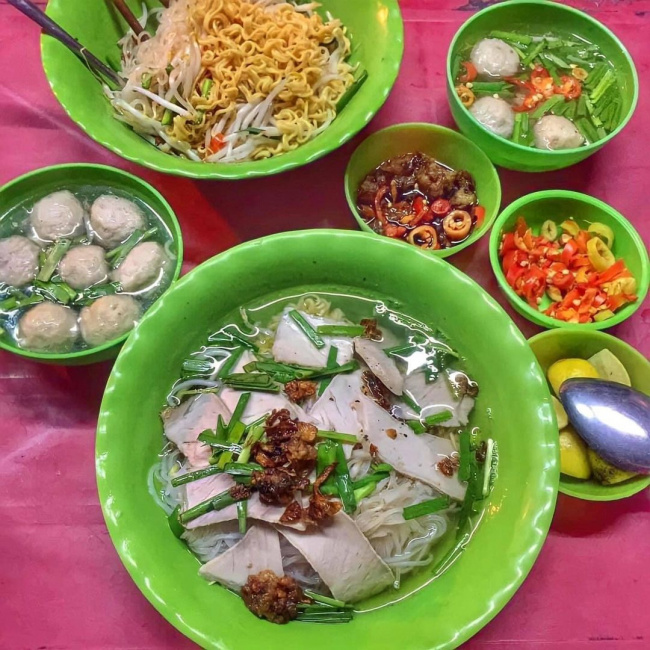
Hu tiu is usually sold at about 5pm until late at night (Photo: Le Huu Tai, Hoang Long)
Noodles with fish sauce
Bun mam, which originated in Cambodia, was then spread to the Southwest region, becoming a specialty dish of the West and gradually becoming popular in the South. Bun Mam in Vietnam is cooked with fish paste or choke fish instead of Bu Hoc sauce like the origin in Cambodia. Therefore, when introduced into our country, bun mam brings a unique characteristic of Western fish sauce.
Previously, bun mam was quite simple, but later to meet the diverse and rich culinary needs, people add pieces of fish, shrimp, squid or roasted pork, creating bowls of vermicelli with many “colors”. colorful” and more attractive. Bun mam is also served with raw vegetables such as split water spinach, finely chopped bananas, bean sprouts or lettuce.
Perhaps, because of the typical Southern flavor and processing, bun mam is not popular in the North.
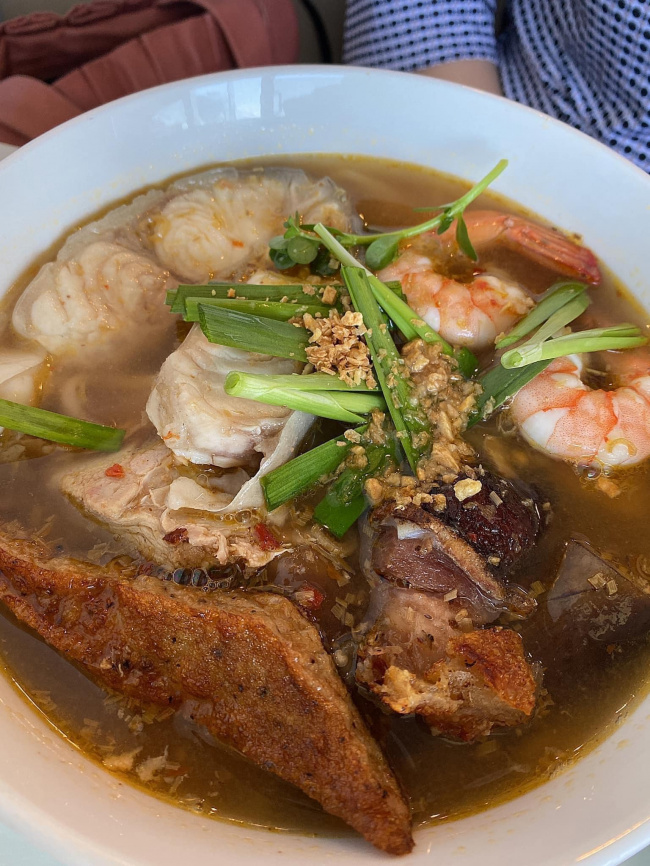
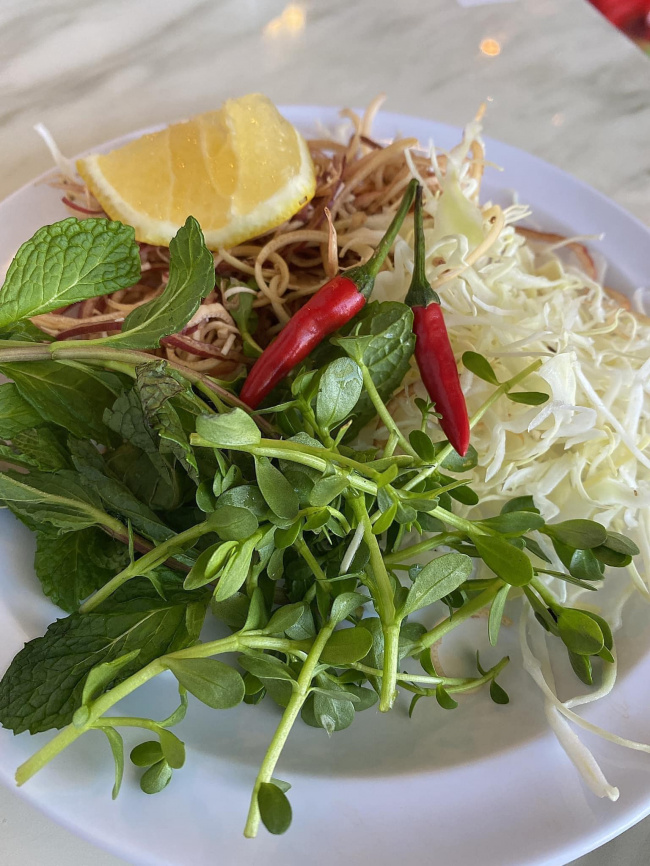
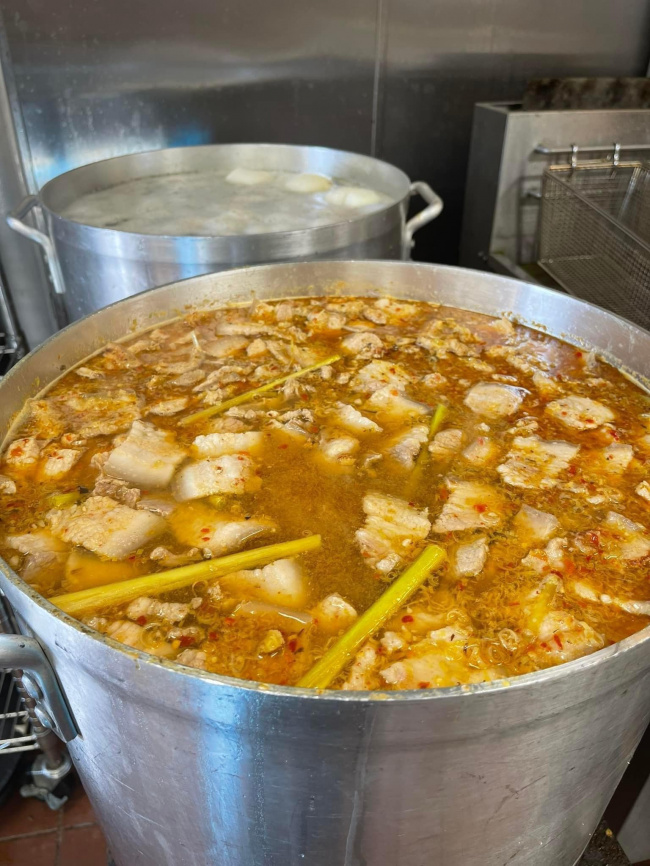
Photo: Six Quartets
Fried dough
The dish originated from China, is the childhood dish of many people in Saigon. The ingredients to make the fried dough are quite simple but create an unforgettable taste, the more you eat, the more you will see.
People will stir the mixture of rice flour and tapioca with warm water, then add a tablespoon of cooking oil and then put it on the stove to stir gently until the dough is clear and thickened. Continue to pour the dough into the steaming mold for another 30 minutes. Finally cut into bite-sized pieces, fry in a pan with 1-2 eggs, sprinkle with a little green onion, fry until golden brown on both sides. Served with grated papaya and vinegar-mixed dipping sauce.
A plate of “excellent” fried dough will have a crispness in the crust and not be too fatty, chewy and soft inside, combined with the fleshy taste of eggs, along with the harmony of the dipping sauce. It is a typical street food of Saigon but it is not easy to find in Hanoi.
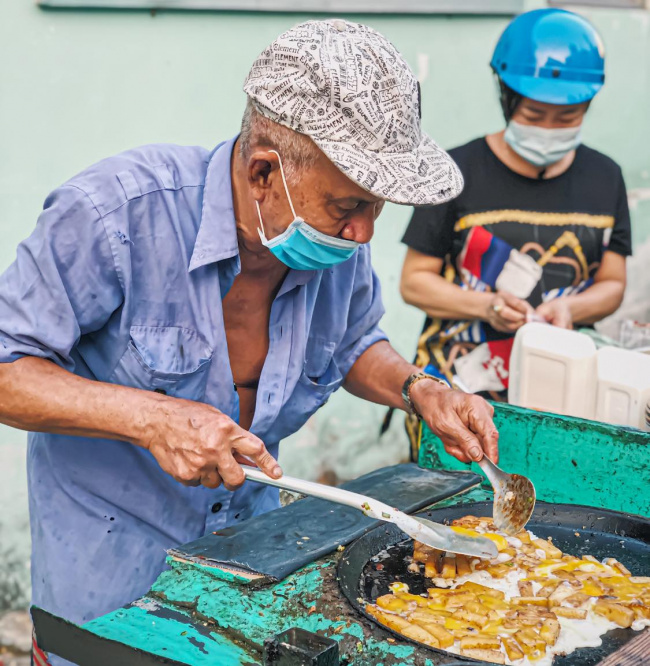

Photo: Nguyen Anh Kiet
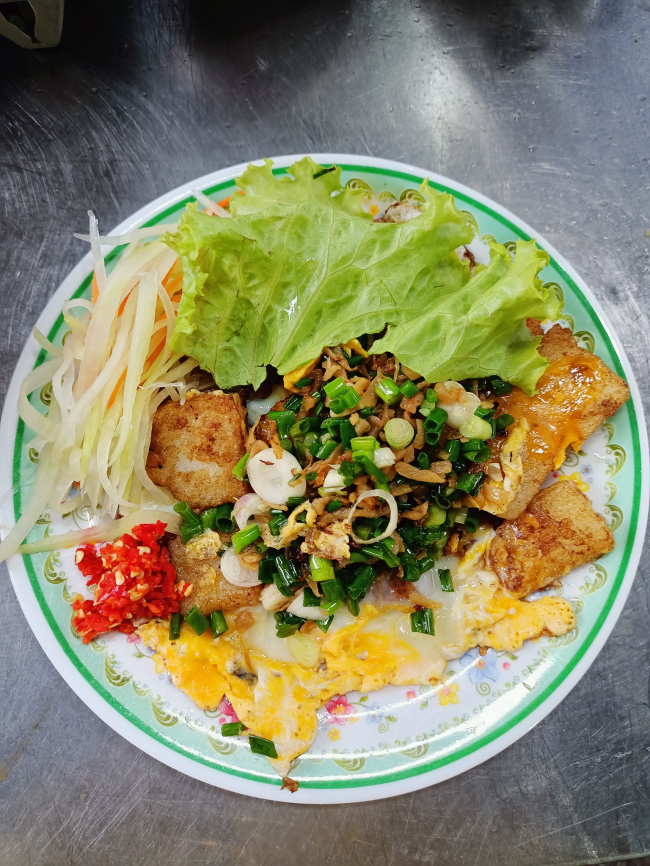
Photo: Yomost Nhi
Break Lau
Pha Lau is a dish that originated in China, then imported to Vietnam and became a popular dish of the South, especially in Saigon. Pha Lau is made from the main ingredients are parts such as tongue, ears, intestines and stomach of pigs, cows or ducks. This dish is often served with bread, vermicelli, shrimp noodles or steamed rice.
First of all, it is the most basic type, the hot pot with the smell of coconut water and a bit of pungent cinnamon and five flavors when eaten with bread, it takes 2-3 full loaves. belly.
Today, people still create many different ways of making fried rice such as breaking beef, duck, pork ears, pork stomach, squid… However, the spirit of the dish. This uniqueness has not changed.
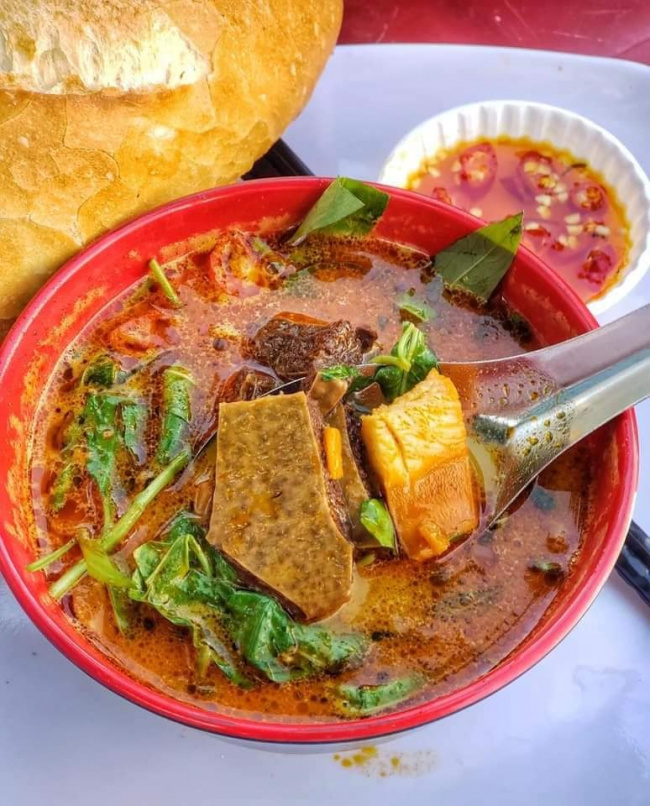
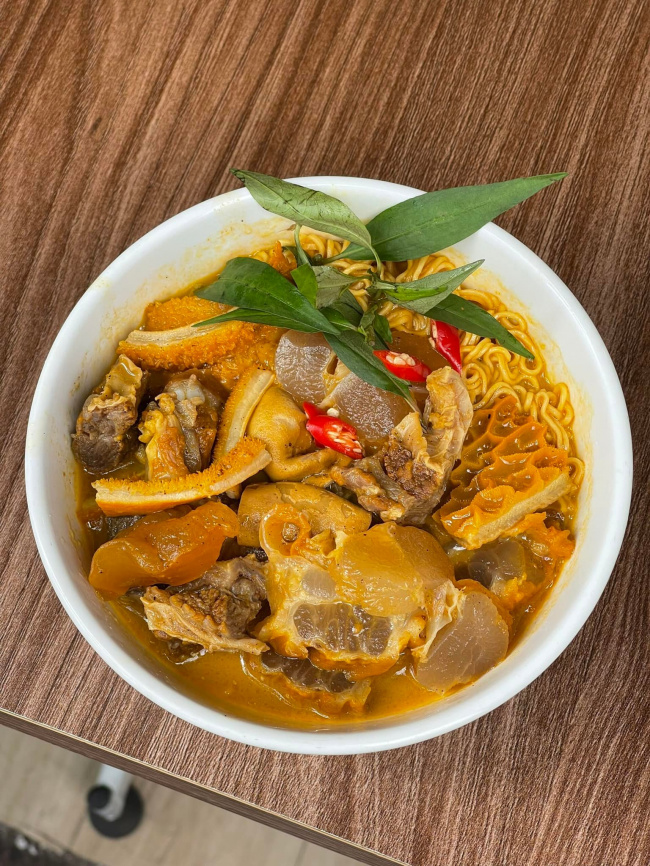
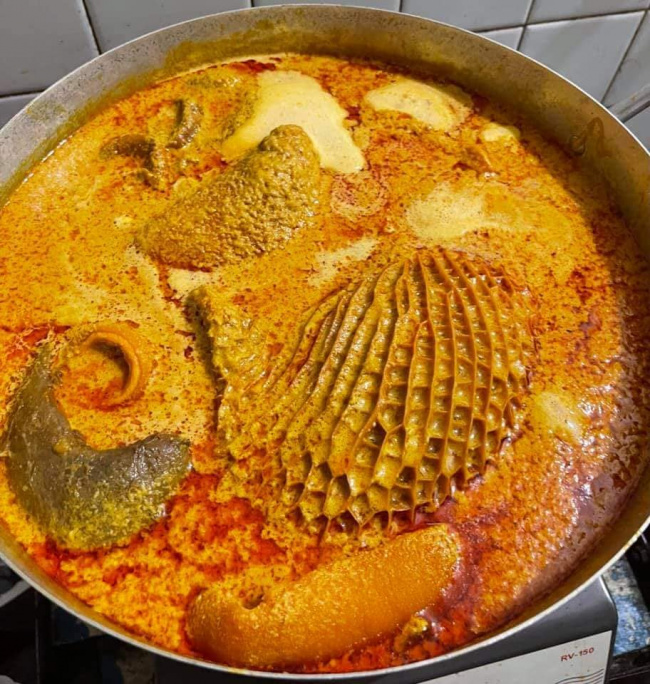
Photo: Defeating SOHI, Earthly guest
Đăng bởi: Trần Hoài


